Search
Altagamma is the global landmark for the understanding of the luxury market. Every year the Foundation releases eight researches conducted in partnership with some of the most prestigious international partners.
The luxury markets are analysed by looking at demand and supply with specific in-depth analysis and forecasts on consumption, consumer profiling, digital, retail and specific product category.
The access to the reports is reserved to Altagamma Companies. Abstracts are available in the press releases area.

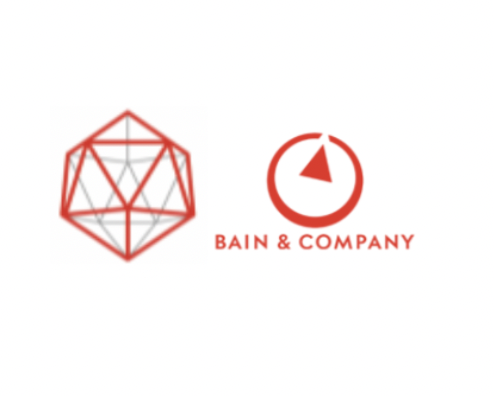

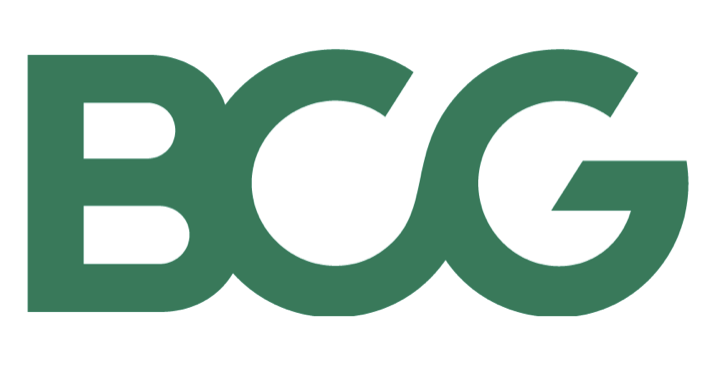



According to the study produced by Altagamma with the input of 21 leading Italian and international analysts in the sector, a moderate market growth is forecast for 2025 due to the international macroeconomic situation, which remains uncertain due to various factors: inflation, high interest rates, geopolitical tensions, price increases and a drop in the purchasing power of medium-high-end consumers.

Global luxury spending is expected to reach nearly €1.5 billion in 2024, remaining relatively flat compared to 2023, with an estimated growth rate between -1 and 1% year over year at constant exchange rates. Global luxury consumers, grappling with macroeconomic uncertainty and continued price elevation among brands, are cutting back on discretionary items. As a result, the personal luxury goods market is expected to see its first slowdown since the Great Recession, excluding Covid, experiencing -2% erosion, at current exchange rates, compared to last year.

Beyond Luxury consumers, with an annual personal spend of more than €50,000, represent less than 1% of the total number of luxury clients. In terms of spending, however, they account for 21% – more than 200 times the average consumer. Their importance has doubled compared with 10 years ago. Also growing in importance are Client Advisors, who form strong bonds with Beyond Luxury consumers – sometimes closer relationships than with the brands themselves. These are increasingly central and highly professional individuals whom companies must therefore attract, train, and retain.


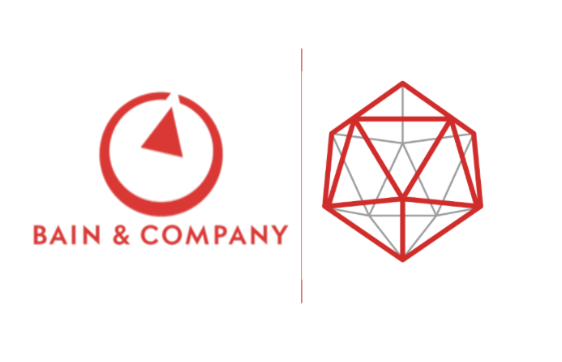
The evidence on the market trend and future forecasts in the Altagamma Consensus 2024, presented by Stefania Lazzaroni, General Manager of Altagamma, and created with the support of the most important analysts financial institutions and in the Altagamma-Bain Worldwide Luxury Market Monitor, presented by Claudia D'Arpizio and Federica Levato, Senior Partners of Bain & Company.
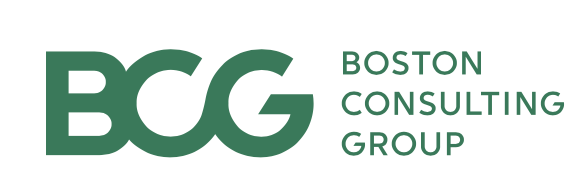
Positive sentiment and optimistic outlook with 40% True-Luxury consumers expecting to spend more in Luxury in next year. UAE and Saudi Arabia toward doubling the sector size. Distribution: moving toward a fusion of physical and digital. Retail outlets shrinking and concentrated in 25 major cities globally.
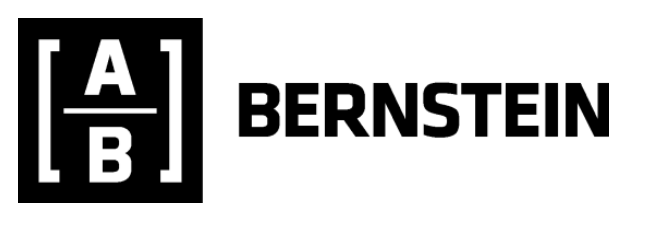
Distribution: moving toward a fusion of physical and digital. Retail outlets shrinking and concentrated in 25 major cities globally.
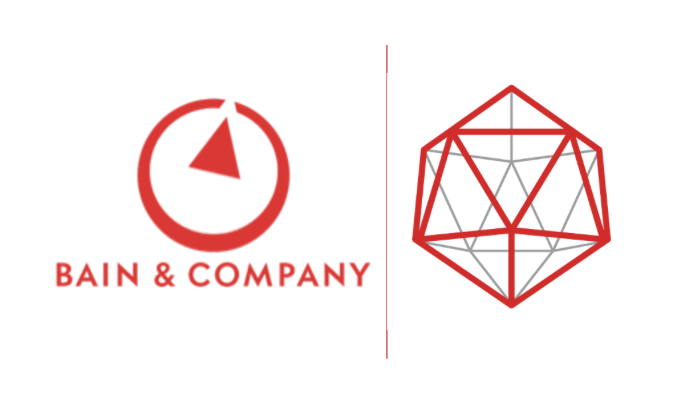

The Digital Competitive Map analyzes the digital performance of the Altagamma Members, as well as the major international players in design, hospitality, food, jewelry and fashion. It is the base for the ranking of the Altagamma Digital Awards.
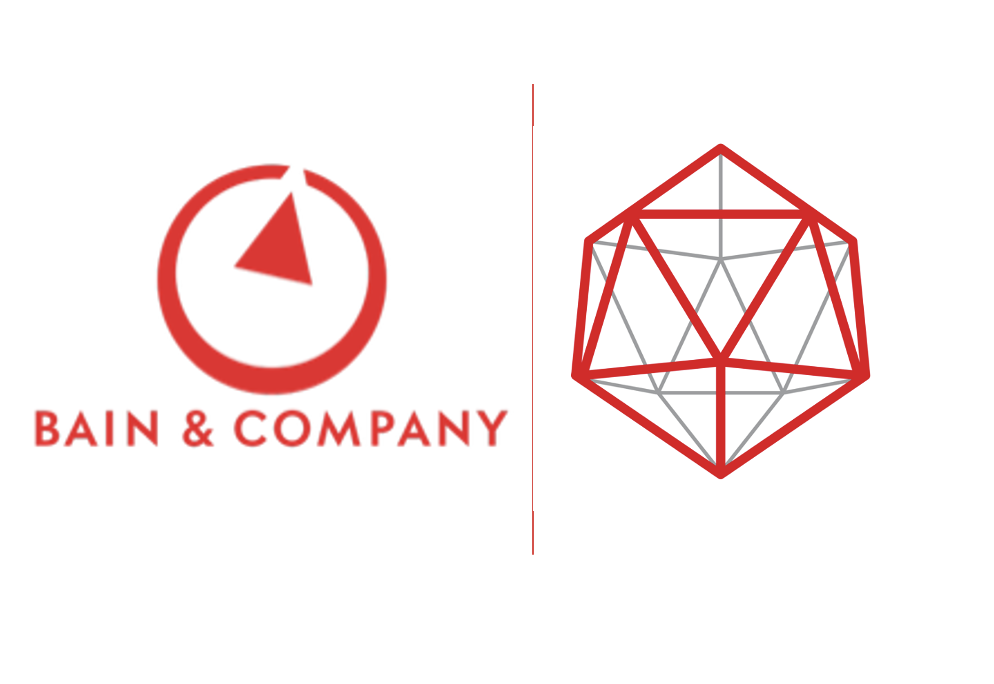


Trends, figures and forecast for the worldwide high-end design market





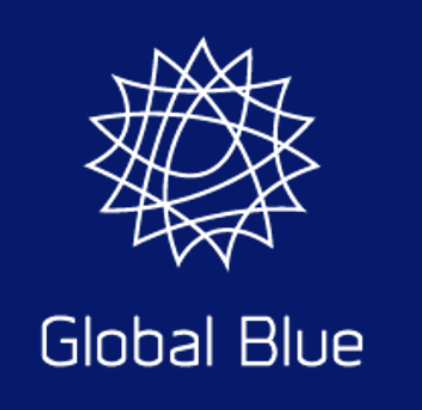

The WGSN Trend Forecast presented by Lisa White during the lauch event of NEXT DESIGN PERSPECTIVES 2021

A year and a half after the onset of the pandemic, the 8th edition of the Altagamma-BCG study takes a deep look into the evolution of the high-end consumer behavior.




The proven tool, developed by Contactlab, for evaluating the digital positioning of luxury brands which this year measured the performance of 44 brands based on 271 parameters.



Second Edition of the study focusing on the 2019 performance of the Altagamma Brands in more than 35 digital media channels, in 8 categories, with an insight on the Covid-19 phase.
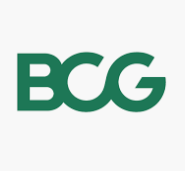

Presented by Luca Solca, Bernstein.


Altagamma Forecast on the Worldwide Personal Luxury Goods Industry in 2020
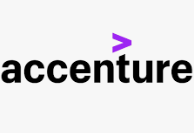
Accenture partnered with Altagamma to design the Social Luxury Index and track the performance through a dedicated platform.
The analysis focuses on 2018 spontaneous public conversations (mentions) on top global social media and most relevant blogs.


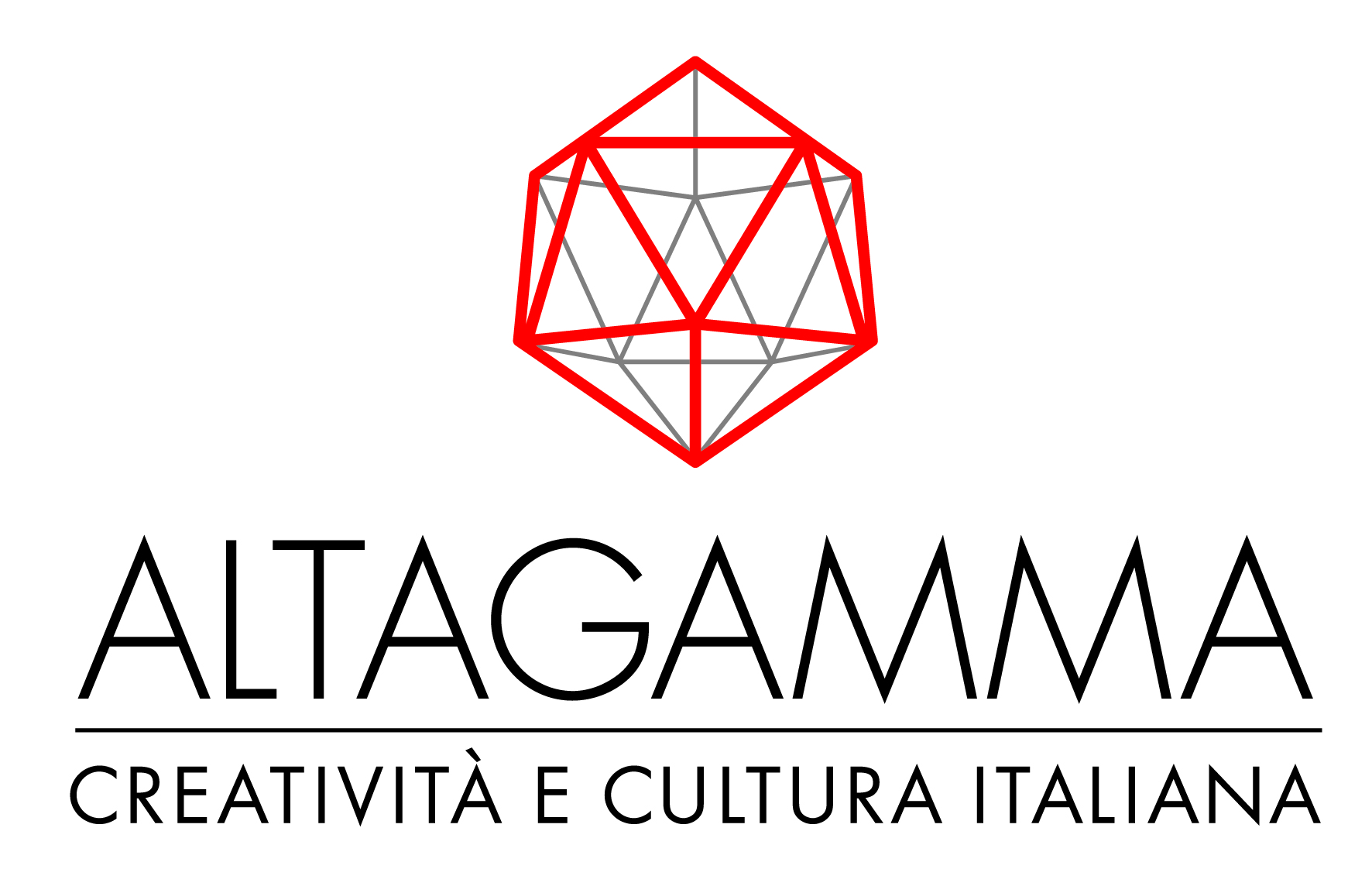

An overview on the Digital Luxury Market, with insight on the importance of Omnichannel, the new luxury channel ecosystem, the Brand storytelling in a digital age and the new technologies to guarantee authenticity and provenance.

The digital postitioning of Luxury Brands

Forecast on the Worldwide Personal Luxury Goods Industry in 2019, according to the main analysts. Apparel and Art de la Table are expected to grow slightly higher than November forecasts. The highest growth rate is expected for Accessories: +7%. Beauty products and hard luxury are forecast to grow steadily.

The global personal luxury goods market reached a “new normal” pattern of growth, following back-to-back years of strong performance in 2017 and 2018. In 2018, 6 percent global growth (at a constant exchange rate) led to €260 billion in sales, which is expected to balloon to €271-276 billion in 2019, registering an expected 4 percent to 6 percent growth at constant exchange rates

18.5 million elite consumers (4% of the total) account for 30% of luxury consumption in the world (€920 billion in 2018). The Second-Hand Market and Collaborations between brands are the new trends. Good news for ‘Made In Italy’ whose positive reputation has grown compared with that of French products.
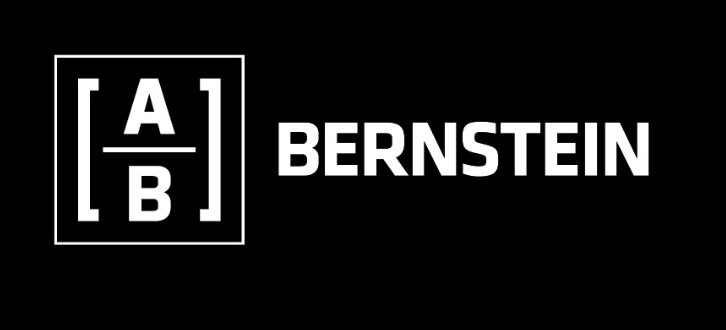
While digital technology opens the door to new protagonists and new formats, competition for the most attractive locations remains high with advantages for mega brands and strong pressure on costs, investments and sales.

The personal luxury goods market recorded a solid performance in 2018, with a rise of 2% in Euros, and 6% at constant rates: so growth was unchanged growth in percentage real terms compared to the previous year.

With a 5% growth forecast for next year, personal luxury goods consumption are confirmed in constant growth, regardless a series of political and economic exogenous factors that has become more threatening in the second half of 2018 and may have a further impact at the end of next year

After a positive 2017, in the first nine months of 2018, Tax-Free Shopping in Europe recorded a downturn in sales (6%), attributable primarily to the appreciation of the Euro against the main currencies, particularly the dollar and the Chinese renminbi. Against a fall in the number of transactions, the Global Blue figures however registered an increaseof 2% in the value of the average European receipt.

According to the Altagamma Monitor of the World Markets, the global market of high-end personal goodswill reach €276-281 billion in 2018, with a constant growth rate of between 6% and 8%. “China” and “millennial state of mind” are the key words of the positive trend of a healthy market, which will reach a total of €390 billion in 2025, growing at a mean annual rate of 4-5%.


The Altagamma Consensus 2018 indicates significantly higher consumption growth forecasts (5%-6%) than the October 2017 forecasts. With regard to the product categories, a considerable if not unexpected growth forecast for leather bags, shoes and accessories (+7%)is recorded. The 7% growth of jewels and watches is more unexpected. Apparel is expected to grow by +3%, an average between the excellent performance of more creative collections and the more traditional collections, the latter growing only slightly. A growth rate of +3% is forecast for fragrances and cosmetics, more than in past years.

The market of the fifteen most important wine drinking countriesis worth €160 billion, with the Top Winessegment representing approximately 7% with a value of €11 billion.The United States represents the largest market at €36 billion (with top wines constituting 9%), while in Europe Italy stands in second place at €13.1 billion (top at 8%), behind France (€22.5 billion, top at 15%) and after Spain (€8.7 billion, top at 5%).

The study confirmed the strategic pre-eminence of the on-line market: the digital distribution of luxury products has now reached an inflection point, beyond which we expect a rapid acceleration in growth. Physical retail is swiftly becoming a concept of the past, which needs to be built into the development of digital technologies.

30% of total luxury consumption around the world (€900bn, +6%) is made by only 18 million elite consumers. Chinese and millennials are the main factors behind both current growth and that estimated in 2024 (€1,260bn). The key players are nouveaux riches from emerging countries and the young inhabitants of the world’s great metropolises.
The purpose of the Study, conducted by Deloitte and Altagamma for Nautica Italiana, is to analyse the main trends of the global boating recreational market classified by the main vertical sectors and business segments of the industry.
The global market of new boats has a value of 19 billion Euro and Italy is confirmed as the second largest boat producer in the world, after the US, and the first worldwide producer of super yachts.